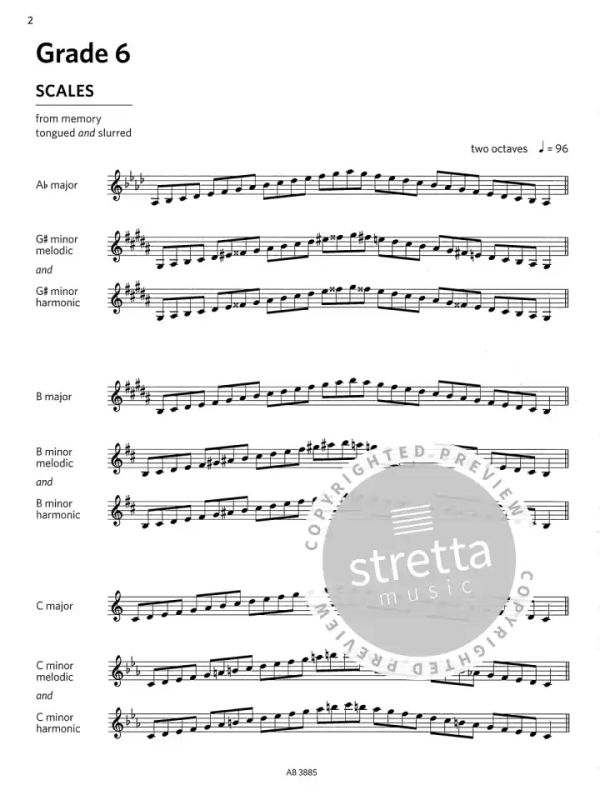

Chord V – G sharp major (notes: G# – B# – D#).Chord IV – F sharp major (notes: F# – A# – C#).Chord iii – E sharp minor (notes: E# – G# – B#).Chord ii – D sharp minor (notes: D# – F# – A#).Chord I – C sharp major (notes: C# – E# – G#).Now that we know the notes of the C sharp major scale, let’s learn the triad chords in this scale/key and their notes. The finger numbers are as follows: Thumb: 1, index finger: 2, middle finger: 3, ring finger: 4, pinky (little) finger: 5. Finally, we move up a half step from B# to C#.Ĭ Sharp/D Flat Major Scale Piano Fingering: Next, we move up one whole step from A# to B#. Next, we go up one whole step from F# to G#. Next, we move up a half step from E# to F#. Using this formula, let’s form a C sharp major scale. To count up a half step (semitone), count up from the last note up by one physical piano key, either white or black. To count up a whole step (whole tone), count up by two physical piano keys, either white or black.

“W” stands for whole step, and “H” stands for half step. They are based on the f ormula W-W-H-W-W-W-H. Major scales are formed by combining whole step and half step intervals.

Perfect 4th – The 4th note of the scale is F#.Major 3rd – The 3rd note of the scale is E#.Major 2nd – The 2nd note of the scale is D#.Tonic – The 1st note of the C-sharp major scale is C#.To learn more about this scale and others, check out my course, Learn Scales & Music Theory & Give Yourself An Upper Hand. The notes of the D flat major scale are Db, Eb, F, Gb, Ab, Bb, C, Db. The difference is the names of the notes. The D flat major scale makes use of the same keys on the piano and sounds the same as the C# major scale. The relative minor of C sharp major is A sharp minor.Ĭ sharp is the enharmonic equivalent of Db. This scale consists of the pitches C♯, D♯, E♯, F♯, G♯, A♯, and B♯. In this lesson, we learn how to play the C sharp major scale.


 0 kommentar(er)
0 kommentar(er)
